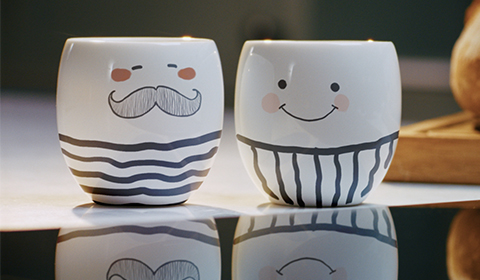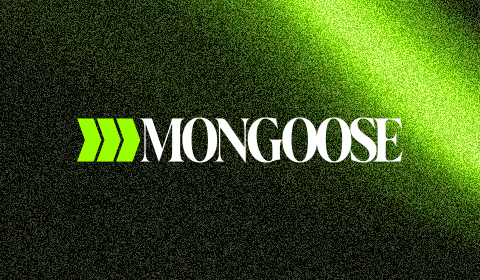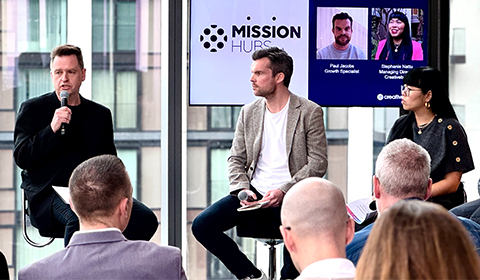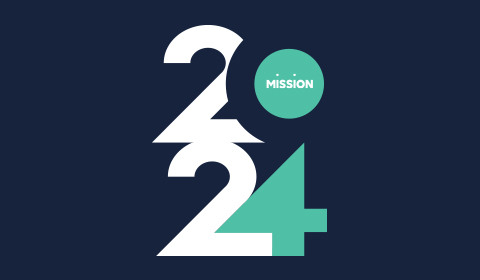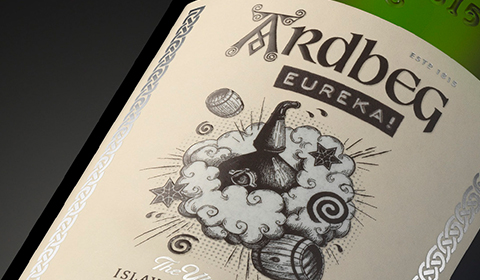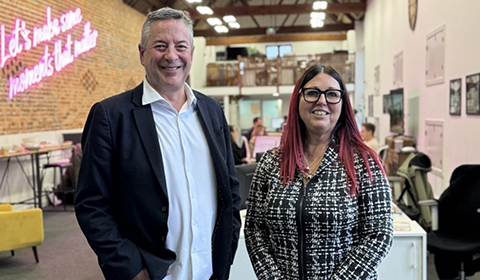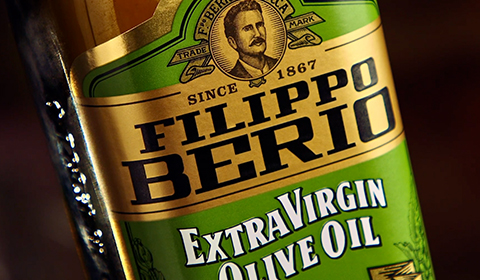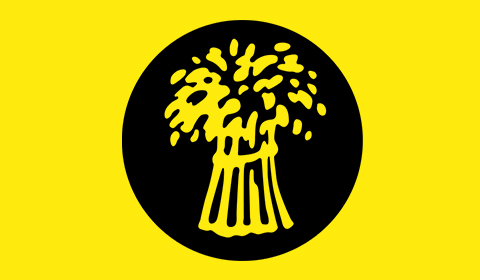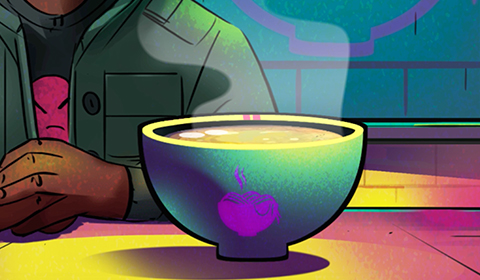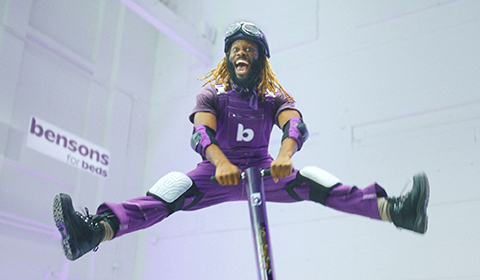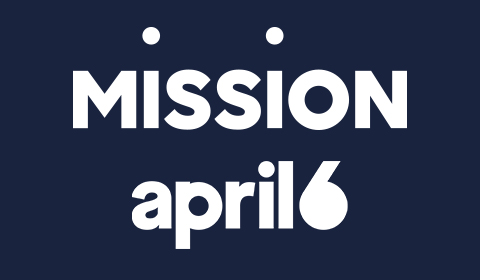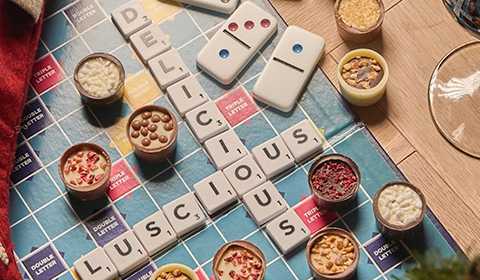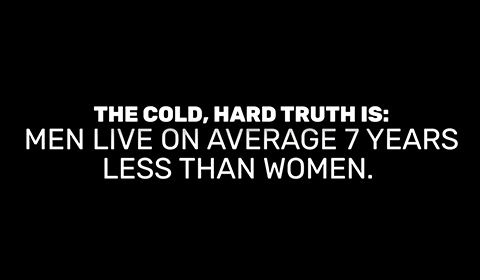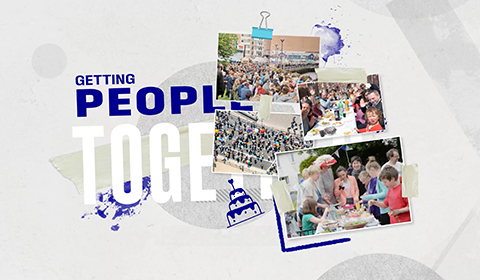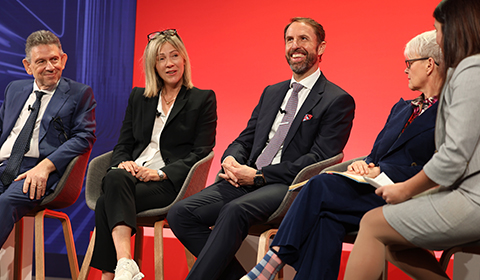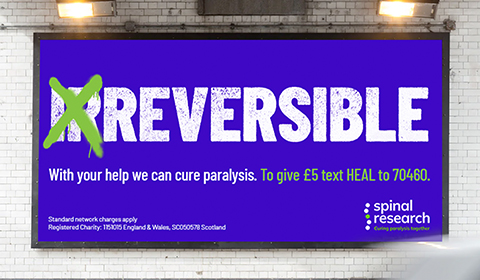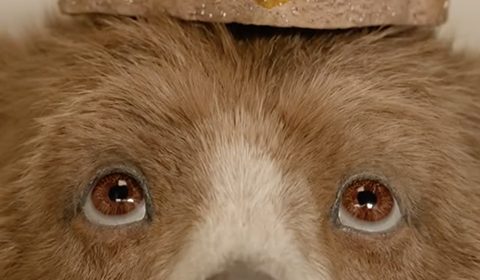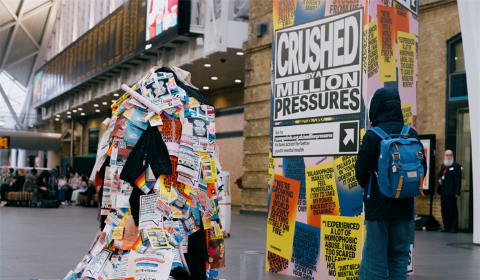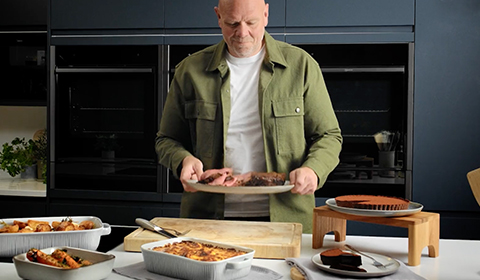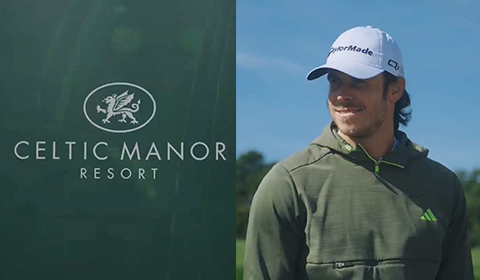News that The Super Mario Bros Movie has topped $1.2bn global box office, the highest grossing movie of the year, is just one sign that we are trapped in an infinity loop in the time-space continuum, otherwise known as the 80s.
Again.
For those of us who lived it the first-time round, it’s a heady mix of one part amusement to one part horror garnished with a hefty sprinkle of “you cannot be serious!”.
Our little animated plumber friend isn’t alone. He’s joined by Indiana Jones V, another three Star Wars movie sequels, a Fatal Attraction remake, which follows on the heels of the Dallas, Hawaii Five O and Sex and the City reboots. Top Gun Maverick single-handedly saved movie theatres in 2022. And this retro-fest is all soundtracked by Miley’s Flowers, the biggest streamed track of this year, which owes a descending chord or two to “I Will Survive”.
And it isn’t just in entertainment that we’ve fallen in love with the past. It’s true in furnishings, fashion, even automotive: the VW iD.Buzz, MINI, Fiat 500e, Ford Bronco and the rumoured return of the Ford Capri all hark back to bygone motoring days. Although I will pass on the return of the talking MG Maestro (I still have nightmares about that voice telling me to fasten my already-fastened seatbelt).
The huge resurgence of Formula One (thanks, Netflix), flares (thanks, Gucci), high-waisted jeans and cardigans (thanks, Taylor) and Cher’s yellow plaid miniskirts from Clueless (Ew, as if!, Forever21) means we are now approaching peak 1986. The cherry on the 80’s cake? Vinyl records outsold CDs in 2022 for the first time since, you guessed it,1988. The irony.
So, what’s the deal with nostalgia? Does it represent a complete bankruptcy of creativity and “the death of hope”? Or is it simply a smart hack to happier times? And does nostalgia work if your weren’t around to have any memory of those “happier times”?
Nostalgia was originally considered a medical or neurological disease, the term being coined by Swiss medical student, Johannes Hofer in his 1688 dissertation, describing Swiss soldiers yearning to return home. He listed symptoms such as despondency, anorexia, fever and pain (clearly he too had an MG Maestro).
Thankfully, nostalgia is not what it was. By the 20th century, opinions had evolved, seeing it as a predominantly positive, albeit bittersweet, self-conscious emotion that arose from personally relevant, tender and yearning memories It can be elicited by a variety of triggers, including objects, events, people, music, photographs, smells or tastes.
It is prevalent (experienced regularly), universal (occurring in many cultures across five continents) and observed across age groups. In 2020 80% of internet users said they experienced feelings of nostalgia at least occasionally, 40% saying they did so often**.
The modern consensus is that it’s a benign portal to a happy place: it short-circuits directly to a nucleus of happy memories, where you felt warm, safe, carefree, befriended and the future was full of bright promise. This is often a distortion, more on which later, but it is undoubtedly incredibly powerful.
And as with all forces powerful, it is fair game for us Marketers to harness for in cunning ways.
Hence the very successful products mentioned above. If a brand’s power comes from authentic values and a rich history, then it makes perfect sense to tap into the backstory of latent brand associations enjoyed by a cherished brand, always remembering to accentuate the positive associations and bury deep any pesky negative ones.
Done well, it’s a booster rocket for a product or brand, saving cash and time on building positive associations from scratch whilst activating an instant community of fans, sharing the nostalgic glow.
And it needn’t necessarily represent a dearth of creativity. Many brands use nostalgia as inspiration to offer new, fresh twists on familiar tropes. Gucci, Chanel, Louis Vuitton and Burberry are good examples where nostalgic cues have been re-imagined for a new generation. In automotive, VW’s iD.Buzz adds electric propulsion to the slow, cuddly charm of the arthritic Microbus.
But back to that snarky aside about nostalgia often being a distorted lens where we remember only positive associations. There can be pitfalls associated with unquestioning nostalgia for bygone days, particularly from a social standpoint. Emmy-nominated broadcaster, best-selling author and social commentator Joshua Fields Milburn is one nostalgia sceptic, writing “There’s a problem with nostalgia: it tells only half-truths.” Donald’s Trump’s call to Make America Great Again is just one example of a selective view of history that yearns for a time that perhaps never truly existed as it is so fondly remembered.
And nostalgia can work its curious magic even for those not present for the original time period. According to designer Ava Nirui, creative director of Heaven by Marc Jacobs, a 2020 label which riffs on early 90’s fashion cues, because of the frenetic trend cycle and the strong influence of social media, Gen Z reminisces about a time in which they have few or no memories. It is an illusory, imagined nostalgia.
Another example of faux nostalgia: Stranger Things’ twisted take on the 80’s. The hugely successful franchise is wildly popular with a demographic not even born in the decade it purports to represent. I think of this as fake memory syndrome, like the artificial memories implanted in the Nexus 6 replicant Rachel in Bladerunner. Now, there’s a real bit of ‘80’s nostalgia!
But before we get too cocky, it’s not just recent generations that are susceptible to faux nostalgia. In our time, we fell hard for Happy Days and Greased Lightning, all of which were a whitewashed facsimile of ‘50s Americana, carefully sanitized of any hints of segregation, sexism or any of the other ills of that era for our enjoyment
When times are tough, people look to a time when things seemed more positive and brighter. Which is why, emerging from a pandemic, with a land war in Europe and inflation raging globally, people seek the comfort of the familiar, the reassuring and the positive: when Britain was resurgent not retreating, when sweet dreams were made of this and when Bobby Ewing could just dream away a whole season of problems.
Hence we find PEPSI rebranding its logo with visual cues harking back to an earlier Pepsi generation. Why Ford can’t build enough Broncos to satisfy demand. Why Dua Lipa has sold 11.5m copies of Future Nostalgia, undoubtedly the soundtrack of the lockdown years. And why pinball machines are, believe it or not, once again the hottest thing in US gaming!
Personally, I’m all for it. I still have my “Now That’s What I Call Music Vol 1” cassette, all I need is an Escort XR3 to play it in. Just don’t expect me to get a mullet again because, as Harry Styles puts it, you know it’s not the same as it was.


